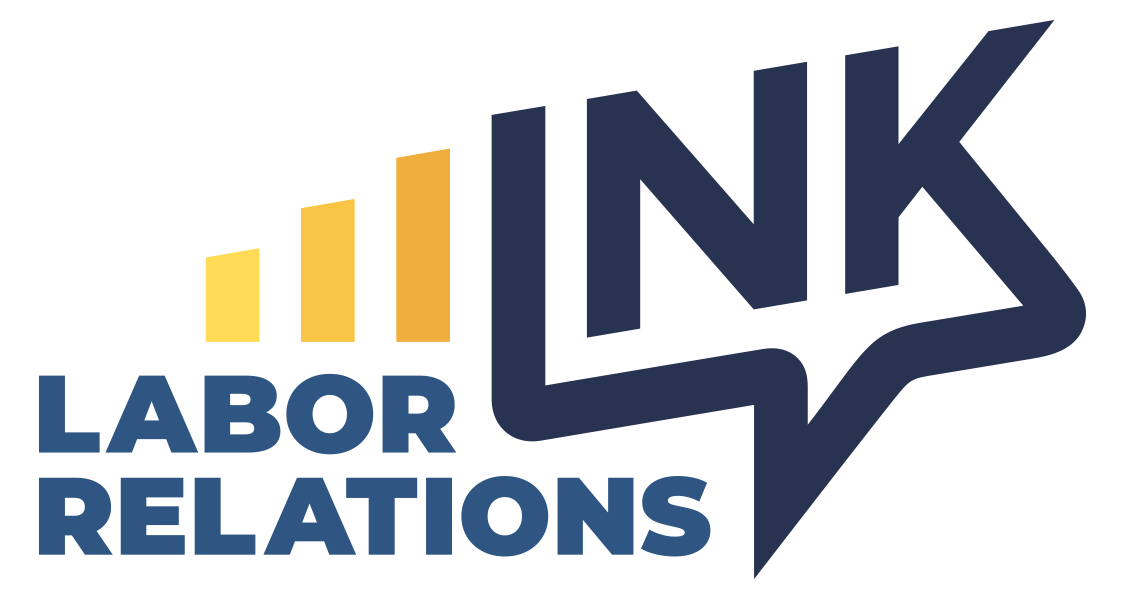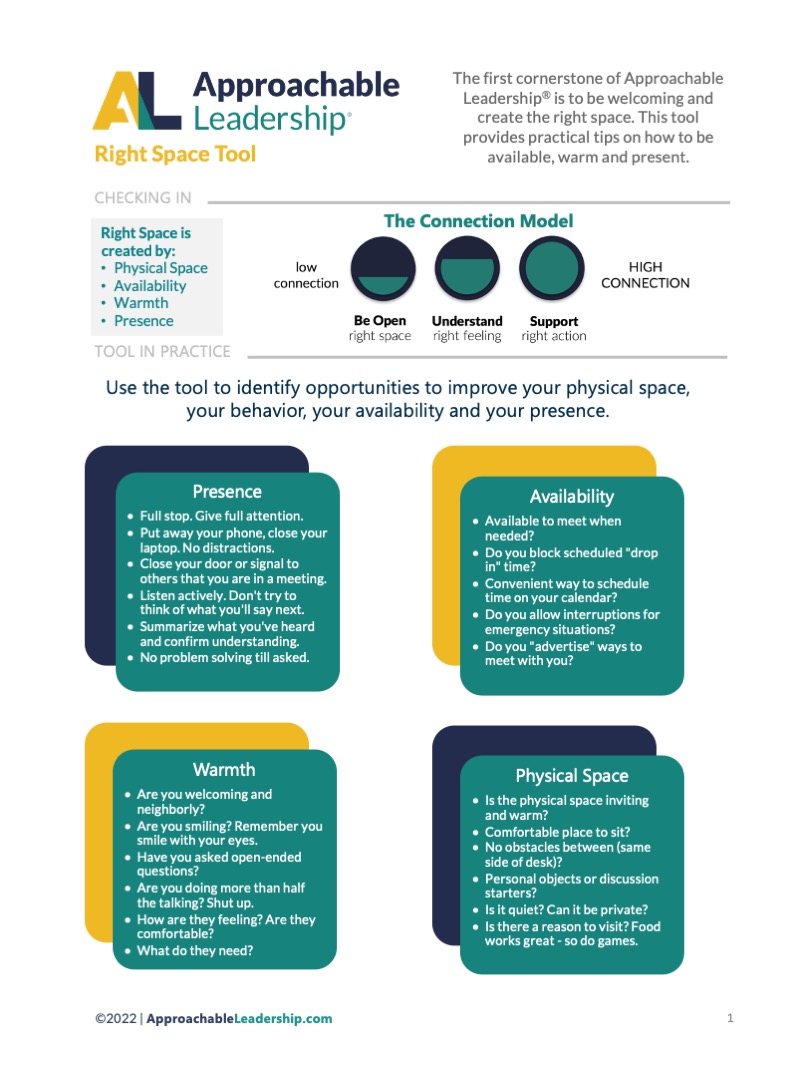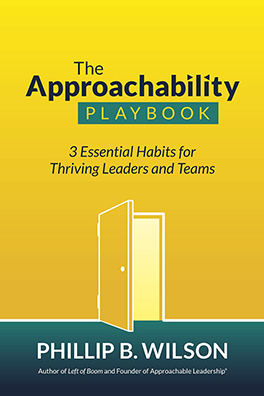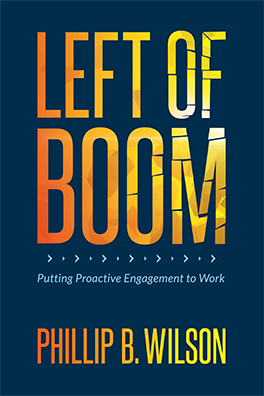I love Simon Sinek. His TED Talks are must-watch. There is a lot about what Sinek teaches on leadership that I completely agree with (in particular the importance of creating trusting relationships versus fear-based ones). But the main prescription in his biggest book is to start with “why” and explain the reasons for your decision or to connect what your people are doing to the larger purpose of the organization. Sinek is not the only one who prescribes this. There is a whole industry of people who help companies develop vision and mission statements for organizations or teams, as if the one thing that separates the winners from the losers is the right “why” statement. If only it were that easy.
Starting with the “why” of the organization gets everything backward. The “why” of your organization or the “why” of the product launch or even the “why” of your customer is definitely something nice to know. It is way more motivating than saying, “here’s what I want you to do today – don’t ask me any more questions.” But even the loftiest mission statement isn’t what really gets people out of bed in the morning. Each of us is motivated by our own individual “why” and it isn’t something the leader explains to us. It’s something the leader discovers.
What to do instead? Start with: Do you have what you need? The assumption behind starting with “why” is that it’s the job of the leader to provide some bigger picture to motivate others. You are implying that without your explanation of the “big picture” (emphasizing your position of power) others might not be motivated to give their best. The assumption behind, “Do you have what you need?” is much more powerful. You assume others are already motivated and want to do great work. Your mission is to discover what, if anything, they need to perform the great work you know they will.
I’m not saying “why” isn’t important (Sinek offers many great examples of why it is). It may be that your direct support doesn’t understand the “why” and when you ask they will let you know. That’s when you give the “why.” But don’t start there.






